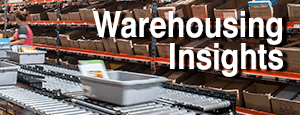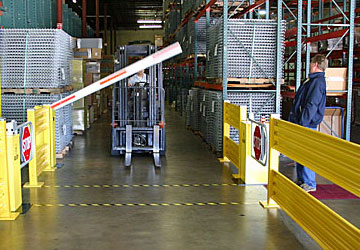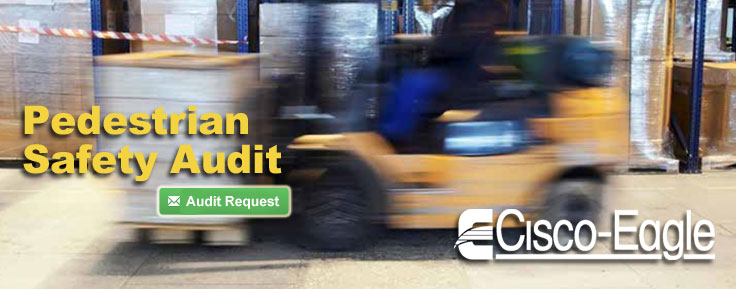How Warehouse Safety Technology is Changing Everything
A guide to the various types of traffic management and warning systems for safer forklift operations
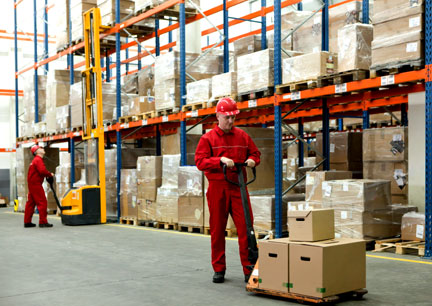
Scene: a typical, busy warehouse
A fulfillment center with row upon row of pallet racks. Eight dock doors occupy one wall of the building, some for receiving, some for shipping. Pick workers work in the rack aisles pushing carts and pallet jacks loaded with picked orders. Other pick workers have empty totes on carts for pulling orders. Fork trucks stock pallet rack and pull bulk stock for large orders. Dock doors are left open much of the time, even when there’s no trailer at the dock.
How many potential safety risks can you envision in this scenario? How do you prevent those from happening?
On a good day in this theoretical warehouse, everything goes fine – then disaster strikes:
- …a forklift backs off the dock edge when turning around in the staging area
- …a pick worker has just pulled her cart up to the corner of a rack section and is hit by a forklift coming around the corner
- …an office employee is taking some reports to a warehouse manager on the floor and is hit by a fork truck coming out of a rack aisle
- …a worker steps out of the break area as a forklift cruises by and is hit
- …a forklift operator pulls up to the pallet rack and brings the forks up to pull a load and as he drives forward, the forks punch into the product cartons; he missed the pallet position by just inches
- …a forklift approaches an open overhead door inside the facility only to collide with a pallet jack coming through the doorway
These are very real dangers within facilities where industrial vehicles and people mix. These dangers are also situations that are the least likely to be resolved by guard rail and other physical barriers. They rely on constant vigilance and caution – something often in short supply as production pressures increase in this age of lean production and intense focus on ROI. So, how do you safeguard against dangers like these in a structural manner that helps protect people without depending solely on training and behavior?
Technology can play a role
Physical barriers and employee behavior are not always the complete solution. Modern sensor technology may be the answer. In the last few years motion detection and other sensors have become more sophisticated and intelligent. They provide ways to monitor for potential safety problems inside a facility and warn pedestrians and drivers alike. Everything from simple motion sensor systems that make a light blink when activity is detected to automated gate systems that help control the separation of forklift and pedestrian traffic at crossing points. Let’s look at some of these technologies and then products available.
Motion sensors
A flexible technology in the ways it can be used. Inserted into dome mirrors with LED lights, it can alert workers to oncoming traffic and even show which direction traffic is coming from. Mounted to pallet rack, it can scan for activity in the rack aisle and trigger an alert when there is activity in that aisle. Hung from the ceiling, it can detect oncoming traffic from multiple directions and activate flashing lights, floor lights and even audible alarms. Put it in a clearance bar and it alerts equipment drivers to insufficient clearance before they take out the top of an entry or doorway.
Light curtains and beams
The incredible simplicity of breaking a beam of light can have tremendous results like opening or closing doors, triggering alarms and warning systems before a collision or driving off the dock edge. Even alerting to a breach of security. Also, the ability to line up a light beam on a pallet can have great outcomes to the bottom line as product damages are reduced.
The solution spectrum is broad
The array of products available now spans a wide spectrum from LED warnings in dome mirrors and LED signs that flash “Caution” with a directional arrow to sensor systems that flash a bright red light onto the floor when traffic is converging on an intersection and systems that drop a crossing bar before allowing pedestrians to cross forklift lanes.
Motion detectors to monitor zones and warn workers, forklifts alike
- Warehouse Traffic: Rack Corners, Rack Aisle, 2-Way Corner, 3-Way & 4-Way Intersections
- Traffic Detection with Floor Lights
- Exterior Monitoring
- Office Doors & Hallway Entry
- Dock & Overhead Doors
- Sensor Mirrors
- Pedestrian Detection Systems
- Clearance Bar Alarms
- Corner Mount IR Collision Sensor
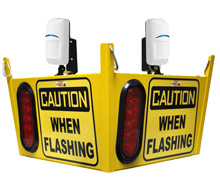
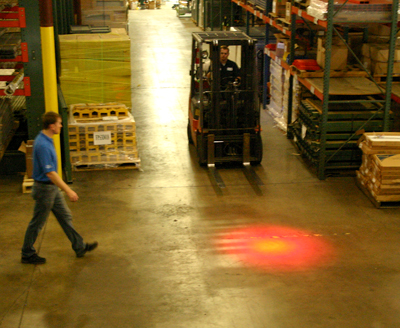
Automated forklift/pedestrian traffic management systems impose physical and visual barriers to traffic
Light curtains & photo-eye beams
- Overhead Clearance Sensors
- Machine Guard Light Curtains
- Mast Levelers
- Forklift Tine Positioners
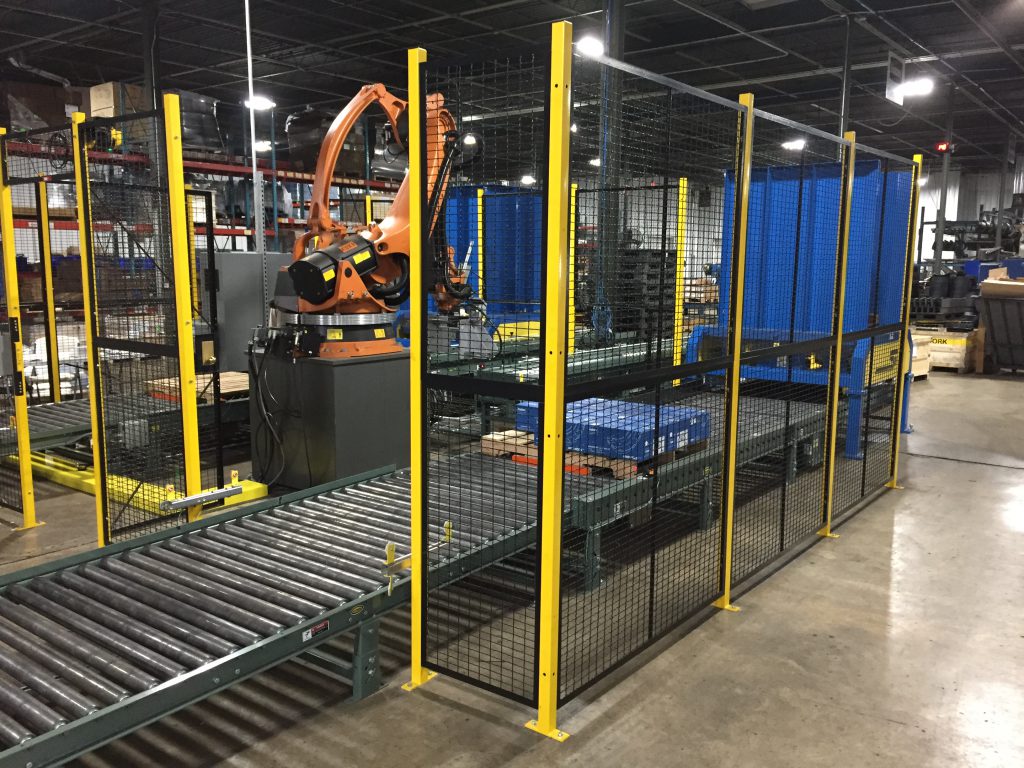
Safety isn’t the enemy of ROI if you integrate the right systems with process and training
Tags: technology, safety sensors, motion detection, infrared
Scott Stone is Cisco-Eagle's Vice President of Marketing with 35 years of experience in material handling, warehousing and industrial operations. His work is published in multiple industry journals an websites on a variety of warehousing topics. He writes about automation, warehousing, safety, manufacturing and other areas of concern for industrial operations and those who operate them.



